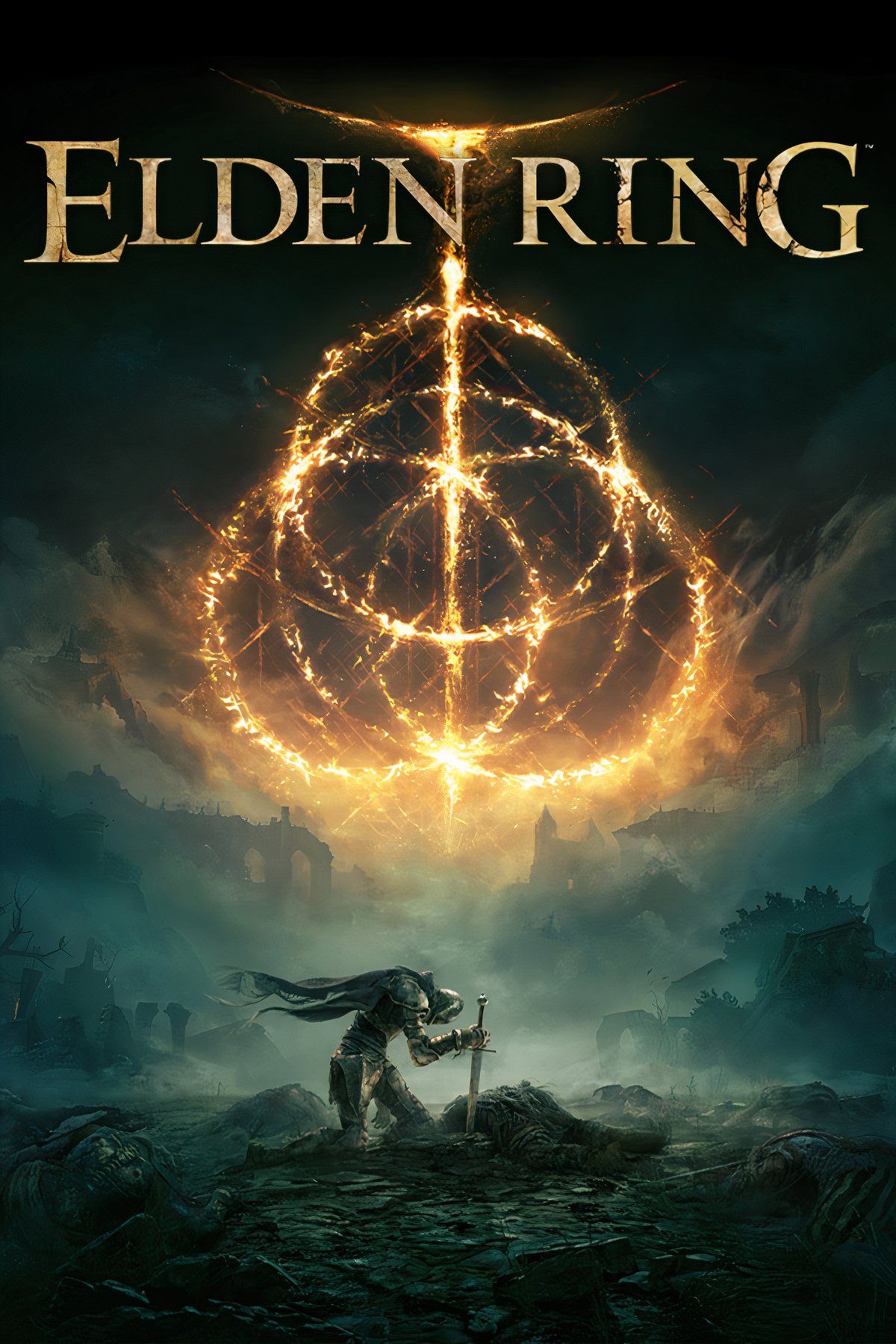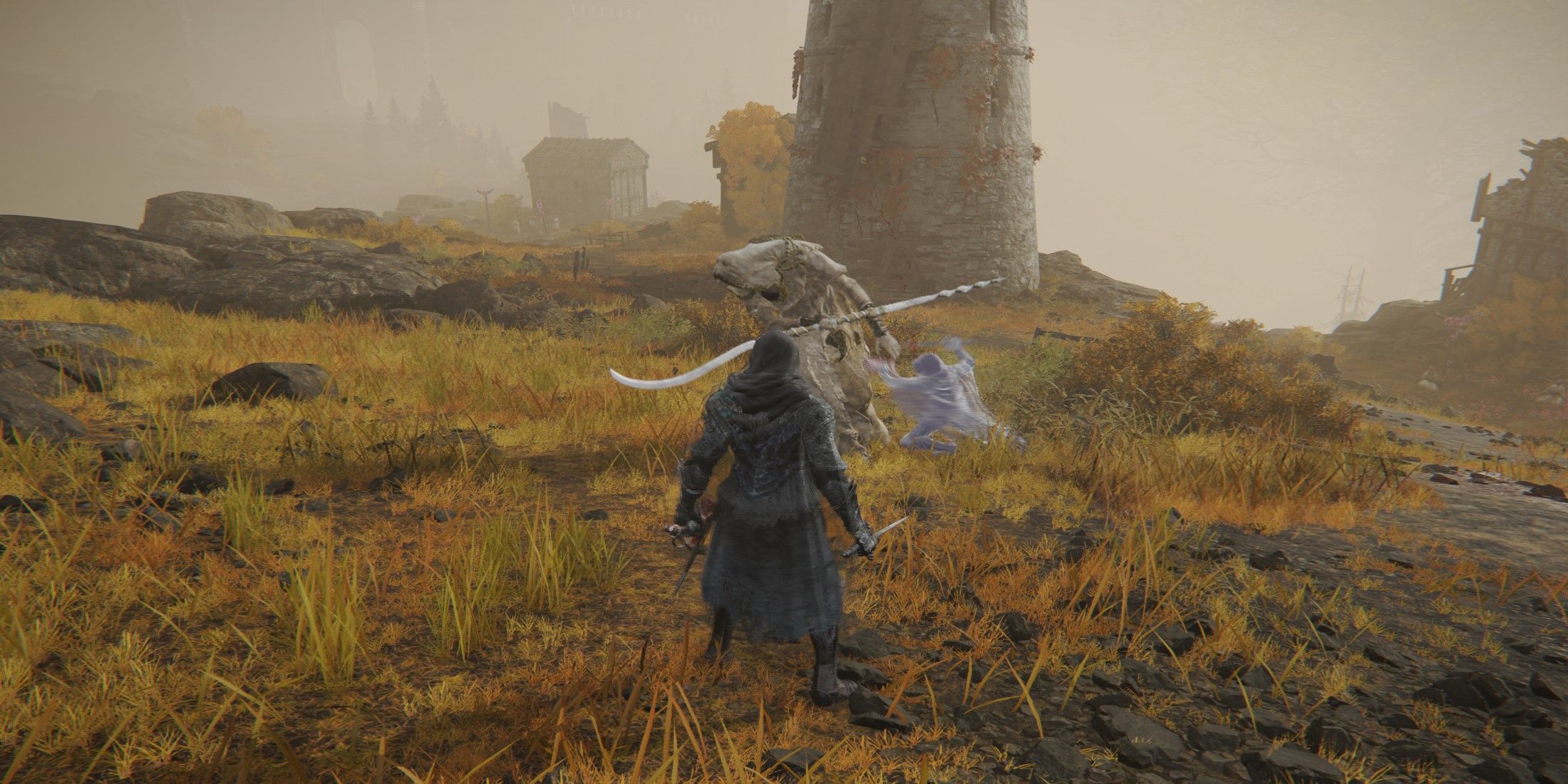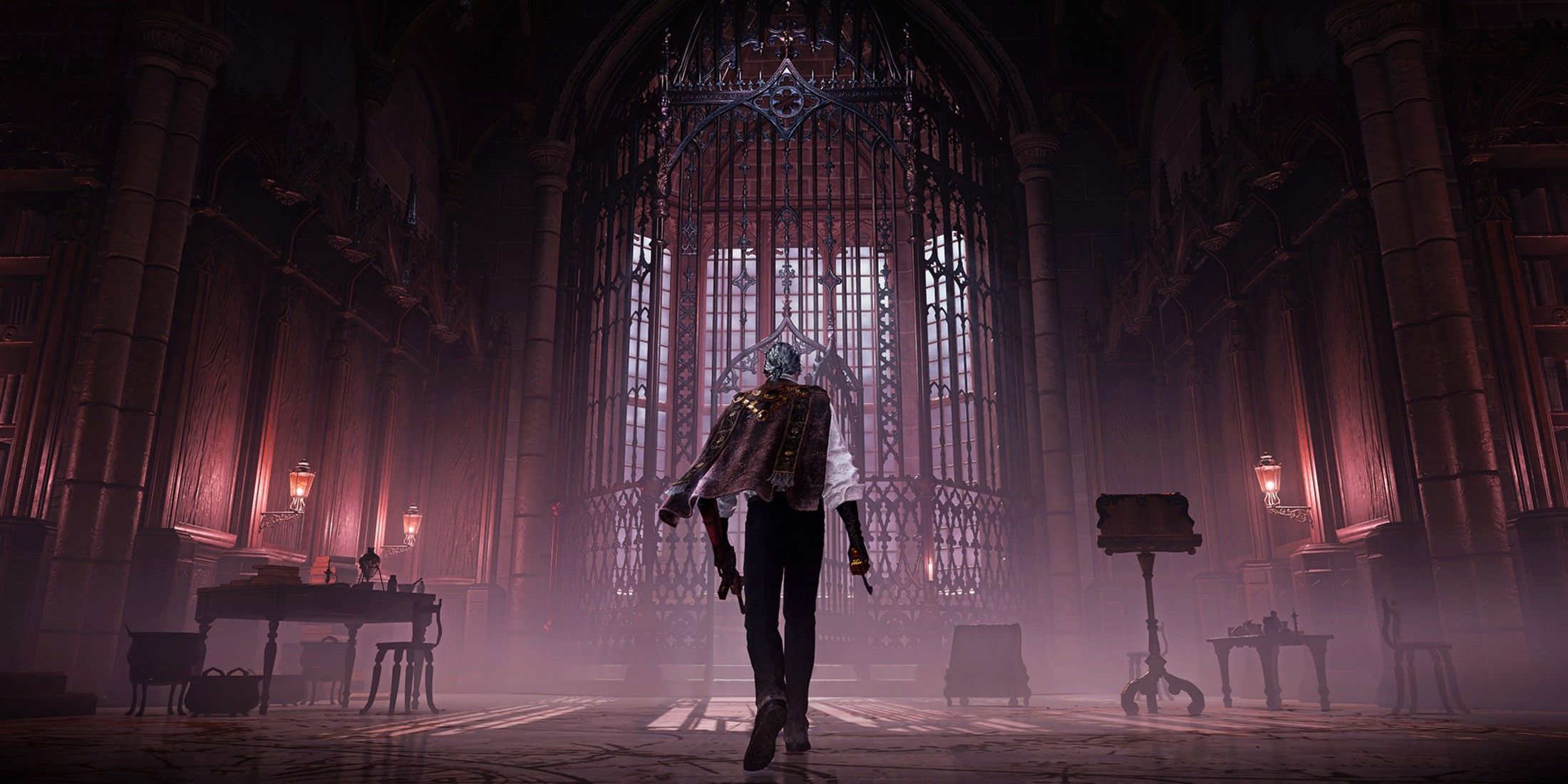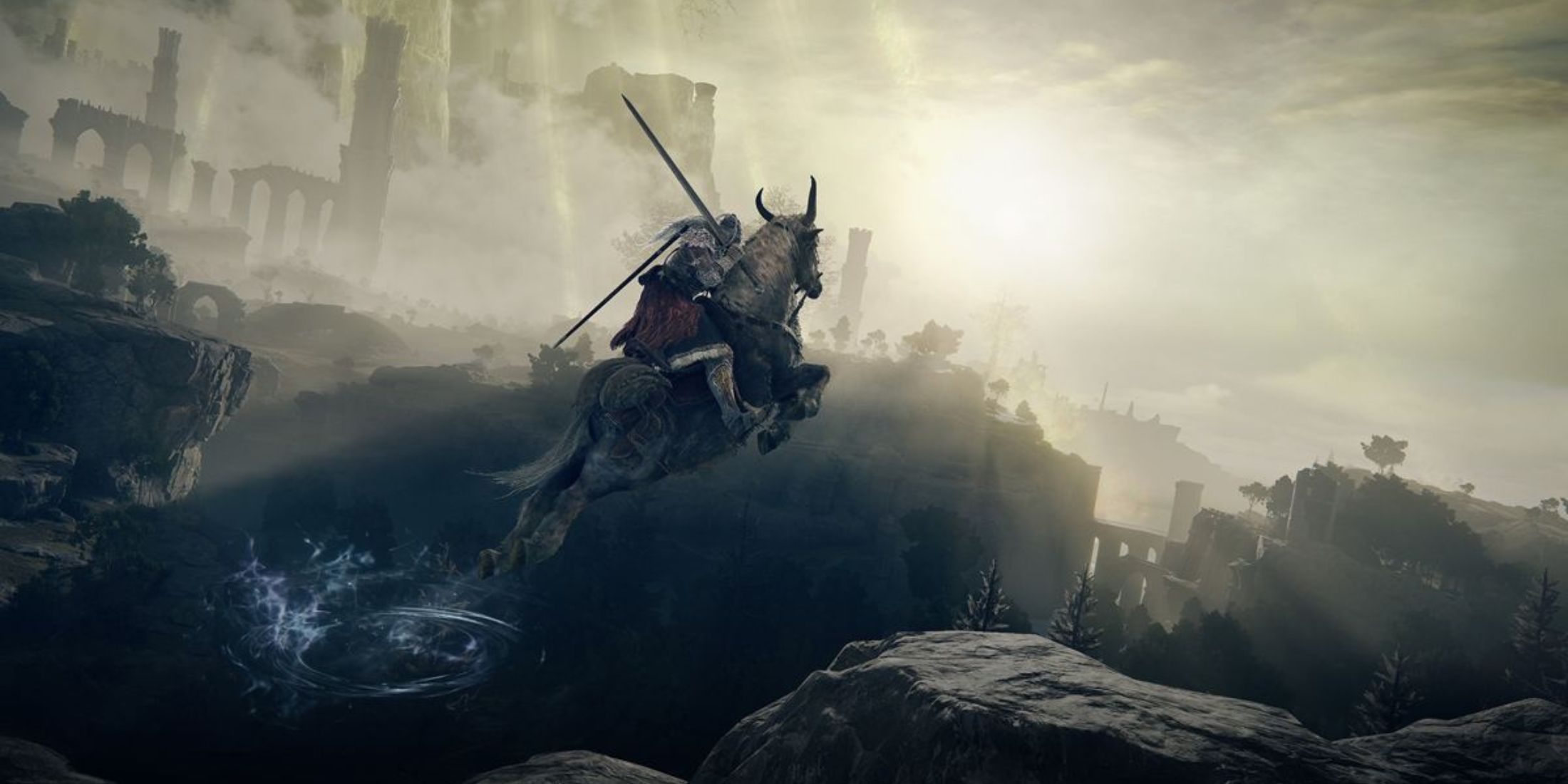After having played more than 400 hours of Elden Ring, fighting its more than 200 bosses, countless different enemies, and exploring every corner of its massive open world—I have to admit it’ll be hard to give up everything to go back to the standard FromSoftware formula. Elden Ring represented such a major evolution from previous Souls games that if The Duskblood—or any new FromSoftware game—doesn’t keep most of these elements, it’ll feel like something is missing.
While every new entry in the Souls series before Elden Ring brought changes that improved the experience—especially Dark Souls 3, which many consider to be the best of the three—FromSoftware wasn’t really willing to take big risks. Essentially, Dark Souls 3 (2016) is almost the same as Dark Souls (2011), but with improved graphics, faster and more fluid combat, and more densely designed individual zones. But at the end of the day, both offer players a more linear setup. Instead, Elden Ring completely shook up the Souls formula and delivered something that felt both unexpected and, at the same time, like a natural evolution. The franchise needed to evolve in order to avoid repeating itself, and that was the result.
Elden Ring’s Innovations Will Be Hard to Let Go of in Future Souls Games
Elden Ring was a massive success for the company, selling over 30 million copies worldwide—a clear message from players to the developers that evolving the formula was the right move. Precisely because of how well Elden Ring was received, if FromSoftware decided to shift back to a more linear setup with The Duskblood or any other future game, it would likely face an uphill battle.
Some of the major improvements that Elden Ring brought to the formula include its huge open world, which basically allows players to roam freely and find their own challenges according to their character’s levels. Although the game offers some guidance to move through the main story, players basically follow what calls their attention, facing plenty of Elden Ring bosses without any particular order—and if the challenge is too big, they can simply flee and come back when they are stronger. Moreover, throwing in mounts was a total win, as well as a world map to make navigation simpler.
Another major change was adding full use of jumping in Elden Ring, a mechanic as old as time in video games, but that was never fully introduced in previous Souls games. On top of all this, the game also brought new quality-of-life features like infinite out-of-combat stamina, mini-checkpoints near bosses, waypoint marks to help players locate objectives, and even a more explicit lore.
After such a huge upgrade, it’s going to feel almost weird not having all that. However, Hidetaka Miyazaki has said in the past that the company likes to take risks and try new stuff, and that’s exactly what has helped FromSoftware give life to some of the most iconic video games in the industry. What’s next for the Souls series isn’t totally clear yet, but it’ll be interesting to see how FromSoftware keeps shaking up the formula and how players are going to respond to those changes.

Elden Ring
- Released
-
February 25, 2022
- ESRB
-
M for Mature: Blood and Gore, Language, Suggestive Themes, Violence
- Engine
-
Proprietary
#Playing #Hours #Elden #Ring #Hard #Standard #FromSoftware #Formula





